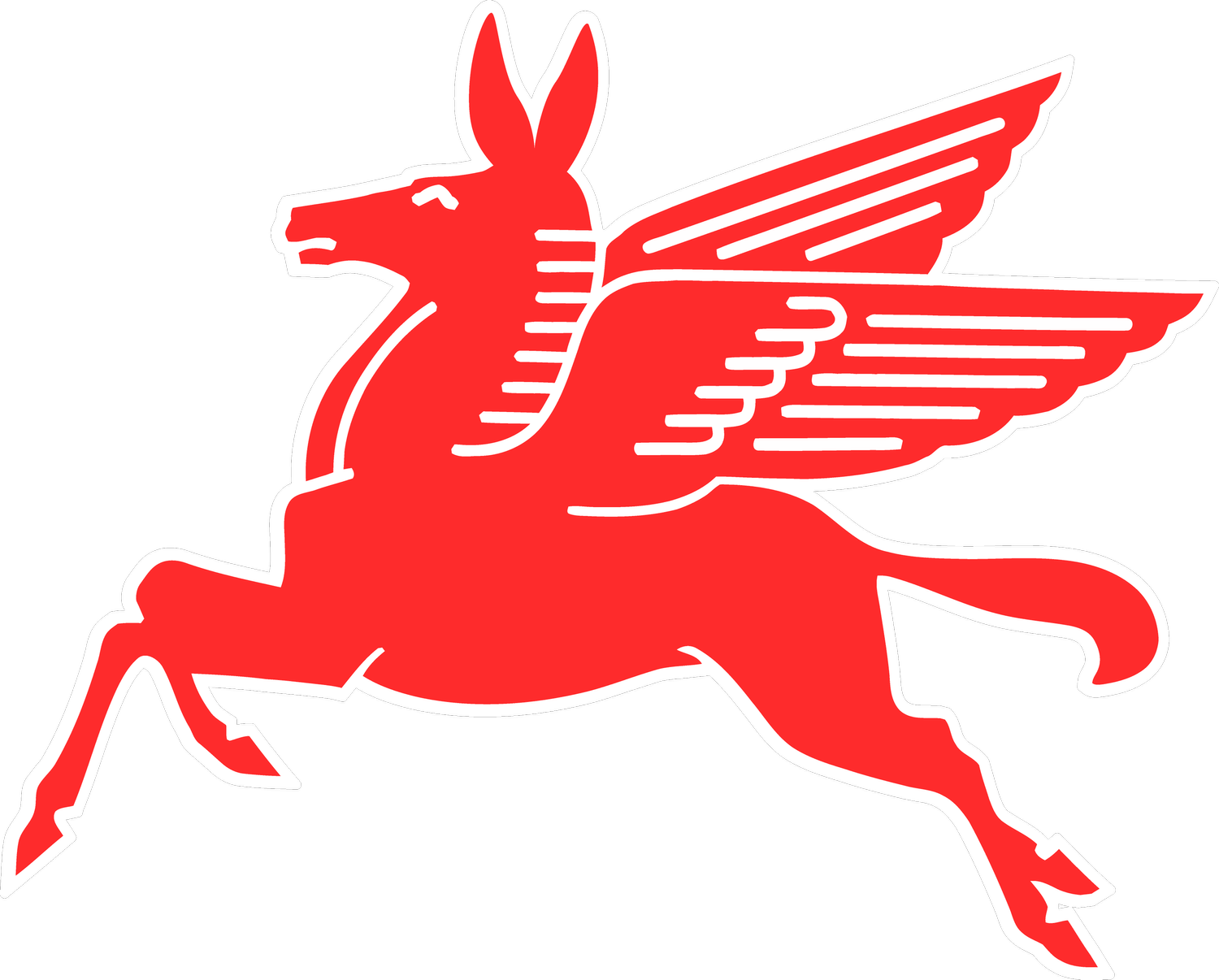Richard Pollock
How did Mule Motorcycles get started?
I got my first bike when I was 16, and I've been modifying bikes ever since. It's in my DNA. At 22, I started working in motorcycle shops and have always wanted to see and work on the latest stuff and modify my own bikes to take them to the next level. I did that for a long time. Later though, I got into the aerospace industry and became more confident doing more complex work like modifying frames, bodywork, and suspension components. Eventually, a friend of mine came to me (1994), and asked me to do some modifications on his brand new Sportster. We did quite a lot to it, and it got a lot of publicity. And then people started calling and asking me to build them custom bikes. Over time, more and more people kept coming my way, and I just kept up with it and still do it to this day.
When you’re designing a part, how do you balance form and function?
It’s not really a conscious effort to balance it. I think there are physical laws in the universe: there are few straight lines, and lots of curves. Organic shapes with curves, though, tend to be the strongest, can be made the lightest, and can be made to work the best. And when you see it, you say "Hey. That really has a nice look to it." When things function correctly and are well laid out, the form just comes, almost like a byproduct of everything being right. Meaning that form follows function. And if everything is designed correctly, and it's strong, and the angles are right, and the function is right it's almost always gonna look bitchin'. Look at a Formula One car. The development over the decades wasn’t to make them look cool — that look(form), isn't where they started — but they wanted them to have massive levels of function (aerodymaics, lightweight, strength, power delivery, fat tires for traction), and now they look like racing birds with beautiful shapes. You look at a MotoGP bike that's been designed through-and-through to go around a track as fast as possible, and they're about the best looking bikes on the planet.
What kind of platform do you prefer to work with when making a custom build? Air-cooled or liquid-cooled, and carbureted or EFI?
I gravitate towards a bike that I can make big improvements on, whether it's improving handling or increasing power or reducing weight, and all for a modest amount of money. At the same time, having done stuff that's a total hassle, I also gravitate towards simplicity. On the internet, you see a lot of builds where they just took everything off and there isn't anything put back on and that's their version of simplicity. But I don't think that's custom. I like to have everything on there and working well, having reduced the overall complexity of the bike. Making something simple is very difficult. The simplest answers are sometimes the hardest to get to. If I look at a motorcycle that someone else has built, oddly enough, the thing that I look most closely at is the bracketry and the way the components are mounted. Anyone can take everything off and cut the tabs, but those guys who can make new ones and relocate everything to get the coolest, cleanest setup are the guys that impress me the most! Simplicity also comes from carburetors and air-cooled platforms. They don't have a lot of digital constraints. You want it simple. For me, the golden years are the Triumphs made between 2001 and 2007. There are a million of those bikes out there, and you can buy them cheap, with low miles and there are so many cool parts you can put on them. They're perfect for a builder.

